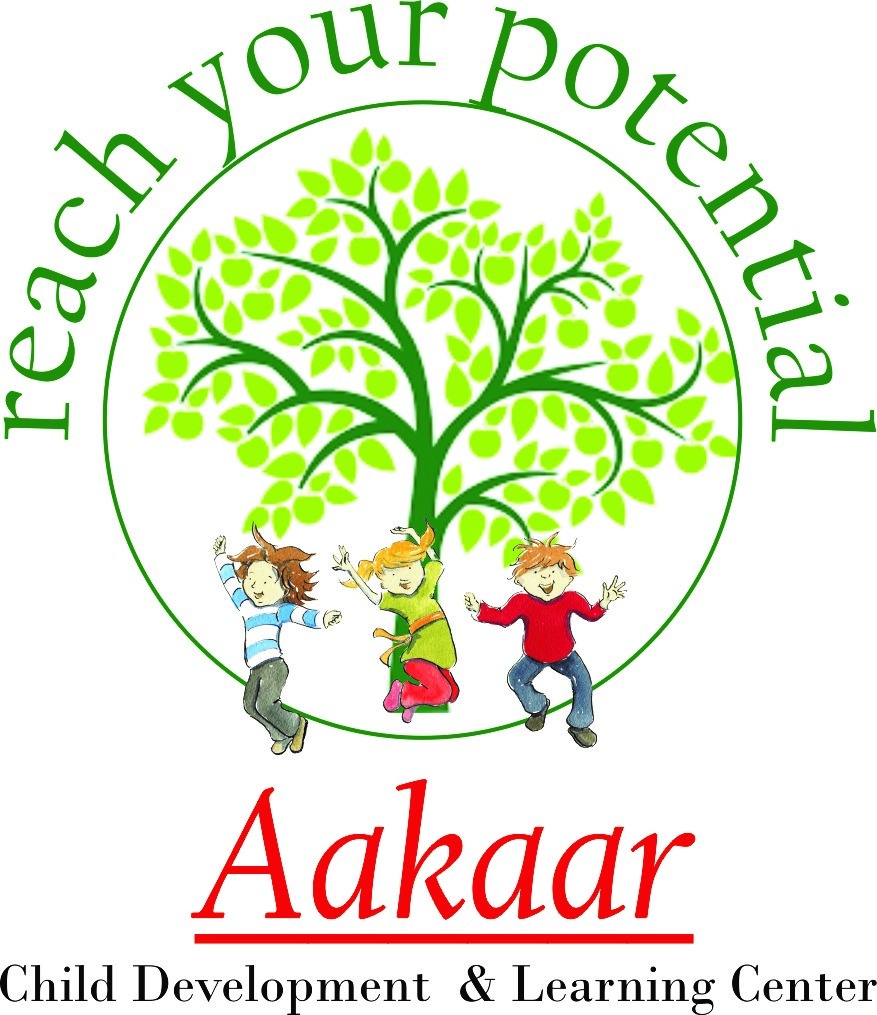
Aakaar Child Development Center
Speech Therapy
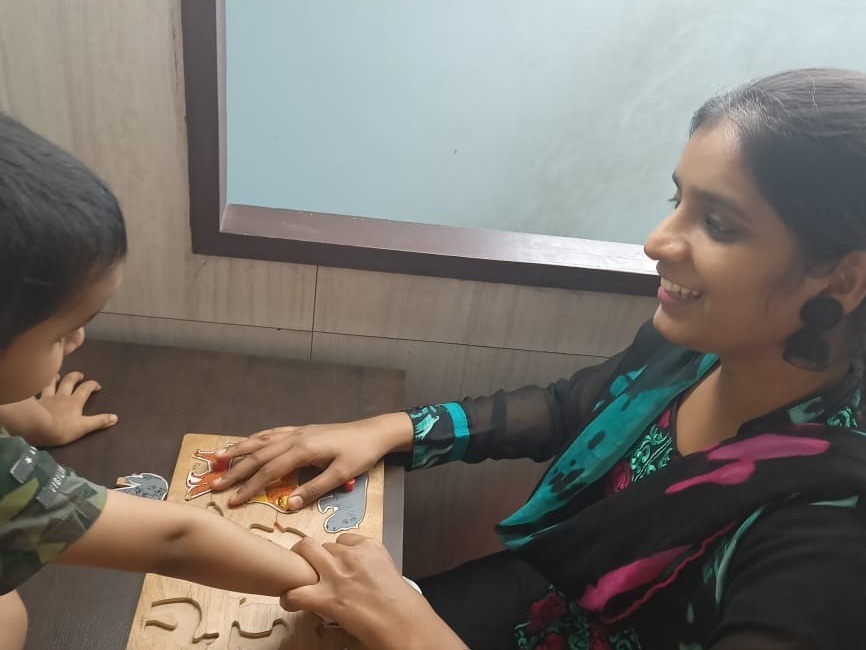
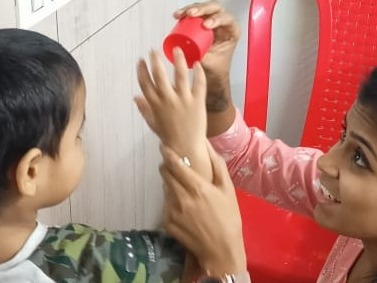
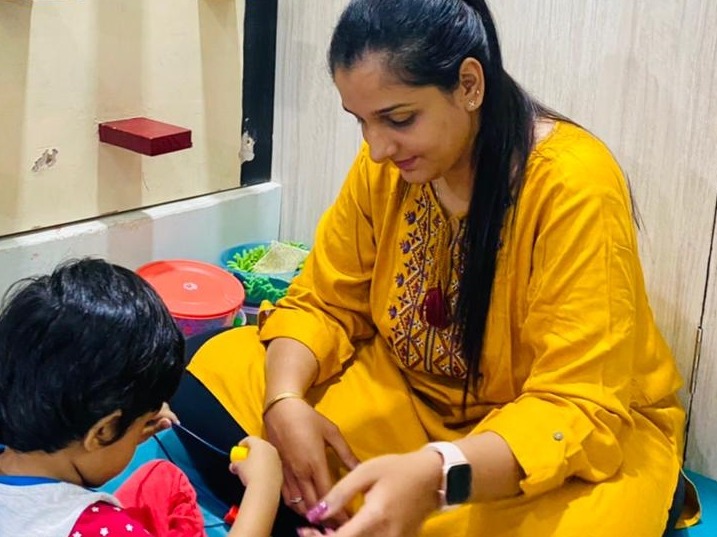
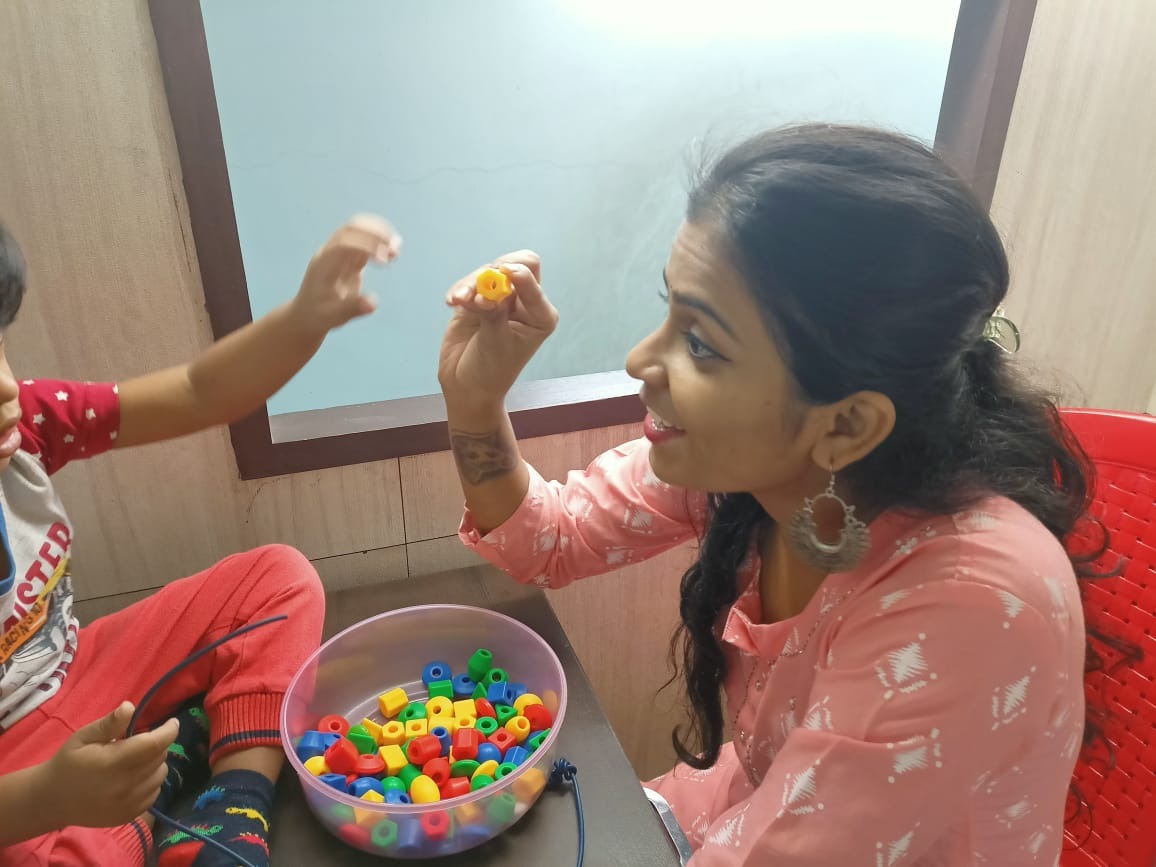
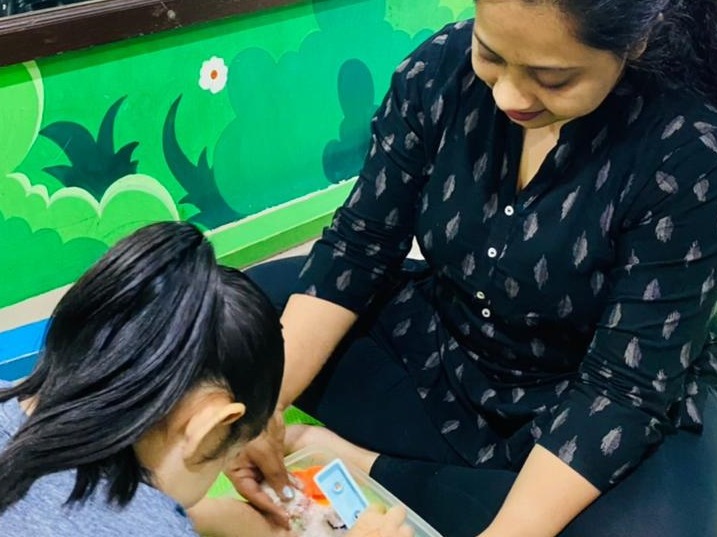
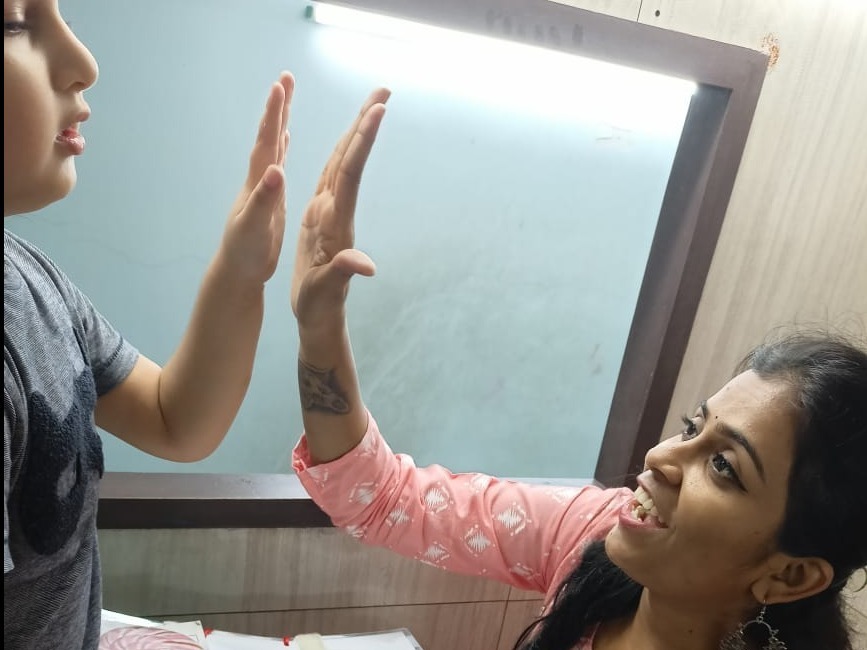
Speech, Language and Swallowing
The professionals who are educated to assess speech and language development and to treat speech and language disorders are called speech-language pathologists (sometimes informally referred to as speech therapists). Speech-language pathologists can also help people with swallowing disorders. Speech-language pathologists (SLPs) help children of all ages who have spoken and written language disorders, speech sound disorders, stuttering (disfluency), and voice disorders. Audiologists help children with a hearing loss. Children may have one or more of these communication disorders.
Identify the Signs
Here are some of the signs to help you determine if your child has a speech, language, or hearing disorder. It helps to know about typical speech and language development. More information about identifying the signs of communication disorders is available at Identify The Signs.
Signs of a Language Disorder
A language disorder may be spoken and/or written (reading and writing). It may also be receptive (understanding) and/or expressive (talking, reading, writing, or signing).
The professionals who are educated to assess speech and language development and to treat speech and language disorders are called speech-language pathologists (sometimes informally referred to as speech therapists). Speech-language pathologists can also help people with swallowing disorders. Speech-language pathologists (SLPs) help children of all ages who have spoken and written language disorders, speech sound disorders, stuttering (disfluency), and voice disorders. Audiologists help children with a hearing loss. Children may have one or more of these communication disorders.
Identify the Signs
Here are some of the signs to help you determine if your child has a speech, language, or hearing disorder. It helps to know about typical speech and language development. More information about identifying the signs of communication disorders is available at Identify The Signs.
Signs of a Language Disorder
A language disorder may be spoken and/or written (reading and writing). It may also be receptive (understanding) and/or expressive (talking, reading, writing, or signing).
- Doesn’t smile or interact with others (birth–3 months)
- Doesn’t babble (4–7 months)
- Makes few sounds (7–12 months)
- Does not use gestures (e.g., waving, pointing) (7–12 months)
- Doesn’t understand what others say (7 months–2 years)
- Says only a few words (12–18 months)
- Doesn’t put words together to make sentences (1½–2 years)
- Says fewer than 50 words (2 years)
- Has trouble playing and talking with other children (2–3 years)
- Has problems with early reading and writing skills—for example, may not show an interest in books or drawing (2½–3 years)
Ways to Help With Language Disorders
- Listen and respond to your child
- Talk, read, and play with your child
- Communicate with your child in the language that you are most comfortable using
- Know that it’s good to teach your child to speak a second language
- Talk about what you are doing and what your child is doing
- Use a lot of different words with your child
- Use longer sentences as your child gets older
- Have your child play with other children
Signs of a Speech Sound Disorder
- Says p, b, m, h, and w incorrectly in words most of the time (1–2 years)
- Says k, g, f, t, d, and n incorrectly in words most of the time (2–3 years)
- Produces speech that is unclear, even to familiar people (2–3 years)
Ways to Help With Speech Sound Disorders
- Say the sounds correctly when you talk—it’s okay if your child makes some mistakes with sounds
- Don’t correct speech sounds—it’s more important to let your child keep talking
Signs of Stuttering (Disfluency)
- Struggles to say sounds or words (2½–3 years)
- Repeats first sounds of words—”b-b-b-ball” for “ball” (2½–3 years)
- Pauses a lot while talking (2½–3 years)
- Stretches sounds out—”f-f-f-f-farm” for “farm” (2½–3 years)
Ways to Help With Voice Disorders
- See a doctor if your child sounds hoarse or breathy or has a nasal-sounding voice
- Tell your child not to shout or scream
- Keep your child away from cigarette smoke
Audiologists help with hearing loss.
Signs of a Hearing Loss
Shows lack of attention to sounds (birth–1 year)
Doesn’t respond when you call his/her name (7 months–1 year)
Doesn’t follow simple directions (1–2 years)
Shows delays in speech and language development (birth–3 years)
Ways to Help With Hearing Loss
- See an audiologist if your child did not pass the newborn hearing screening
- Go to an audiologist if you have any concerns about your child’s hearing (some hearing losses can begin months or years after birth).
- Ask your audiologist about the need for hearing aids or cochlear implants.

